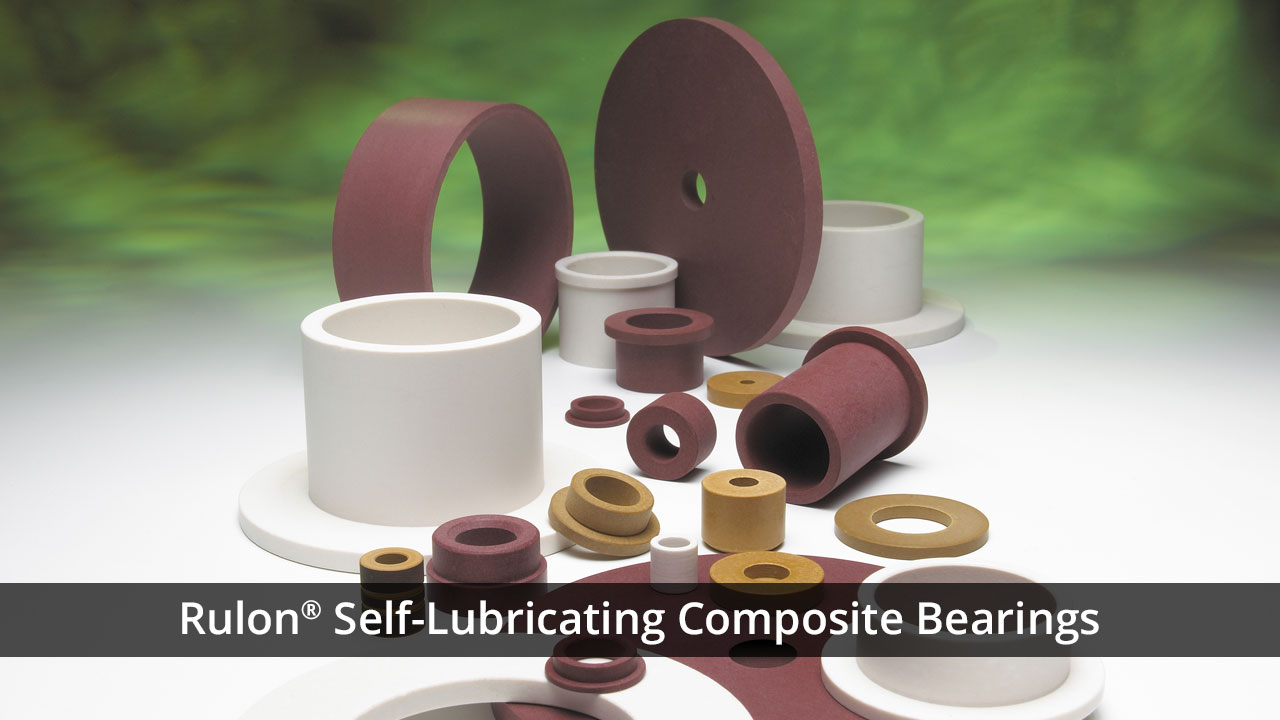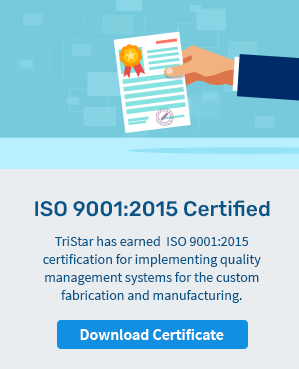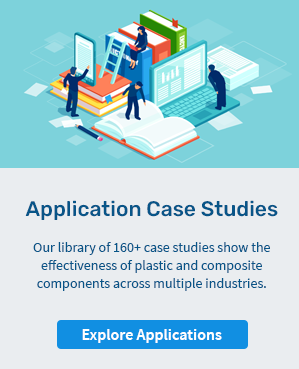
Self-lubricating bearings are a proven way to reduce maintenance costs, extend equipment life, and ensure consistent performance across industries from aerospace to medical devices. At Tristar Plastics, we’ve spent decades engineering and supplying advanced bearing materials for critical applications worldwide. But have you ever wondered how they lubricate? There are two common systems for lubrication; smearing systems and debris systems which contribute to the surface finish.
Plastic Plane Bearings Are Self-Lubricating via Two Unique Processes
- Smearing systems - Smearing systems - Smearing occurs when small amounts of lubricating media such as PTFE, silicone, graphite or MOS2 are wiped into the surface micro-finish.
- Debris systems - Debris systems - Debris systems process when small particles of the polymer are removed during normal operations and develop plastic “ball bearings.
Next, let's discuss these two processes in detail.
Smearing Systems
Smearing systems are typical of PTFE and PTFE-filled polymers. As the shaft makes initial contact with the mating contact surface, softer lubricating material is wiped into the micro-finish of that surface, which builds a thin film of lubricant. Over time, this creates a stable, ultra-thin lubricating film that minimizes friction and protects both shaft and bearing.
Unlike liquid lubricants that can migrate or wash away, this built-in lubrication is permanent and self-renewing. That makes smearing systems ideal for harsh environments where relubrication is impossible—such as cleanrooms, underwater applications, or aerospace systems where service access is limited.
Some common smearing materials for producing self-lubricating bearings include:
- Rulon
- Fluorosint
- PTFE Blends
- Delrin AF
- Ertalyte TX
- BG PEEK
- Graphite PI
- TriSteel PT/PI
- Ultracomp
Expert Note from Tristar: The largest family of self-lubricating bearing materials are the filled PTFE compounds, and Rulon® is the best known. Rulon® bearings are used worldwide in aerospace, medical, energy, and industrial applications because of their exceptional wear resistance and ability to thrive in no-lube environments.
Debris Systems
Debris systems are found in harder thermoplastic or thermoset polymers that deposit particles of the actual resin between the shaft and bearing. These types of materials tend to be less efficient than smearing systems, since the debris remains on the surface area between the dynamic faces rather than embedding. Over time the debris is “cast off” as residue and the wear process tends to be on a slow but continuous basis. Debris materials have inherently low friction, but not as low as smearing systems with migratory lubricants. Debris materials are generally less costly than smear materials, but also have lower P, V, PV ratings and limited temperature ranges.
Common debris system materials include:
- Nylon 6/6, 6/12
- Acetal/Delrin 100/500
- Cast Nylons
- UHMW
Expert Note from Tristar: While debris-system bearings are generally more cost-effective, they also have lower PV ratings, reduced temperature ranges, and shorter lifespans than smearing-system materials. Our engineering team often recommends them for non-critical applications where budget is the primary factor.
Want to review any of these self-lubricating bearings materials with our engineering experts? Fill out an Engineering Worksheet to submit your specs!
To learn more about self-lubricating bearings and related bearing topics, check out our comprehensive Bearings 101 article.









